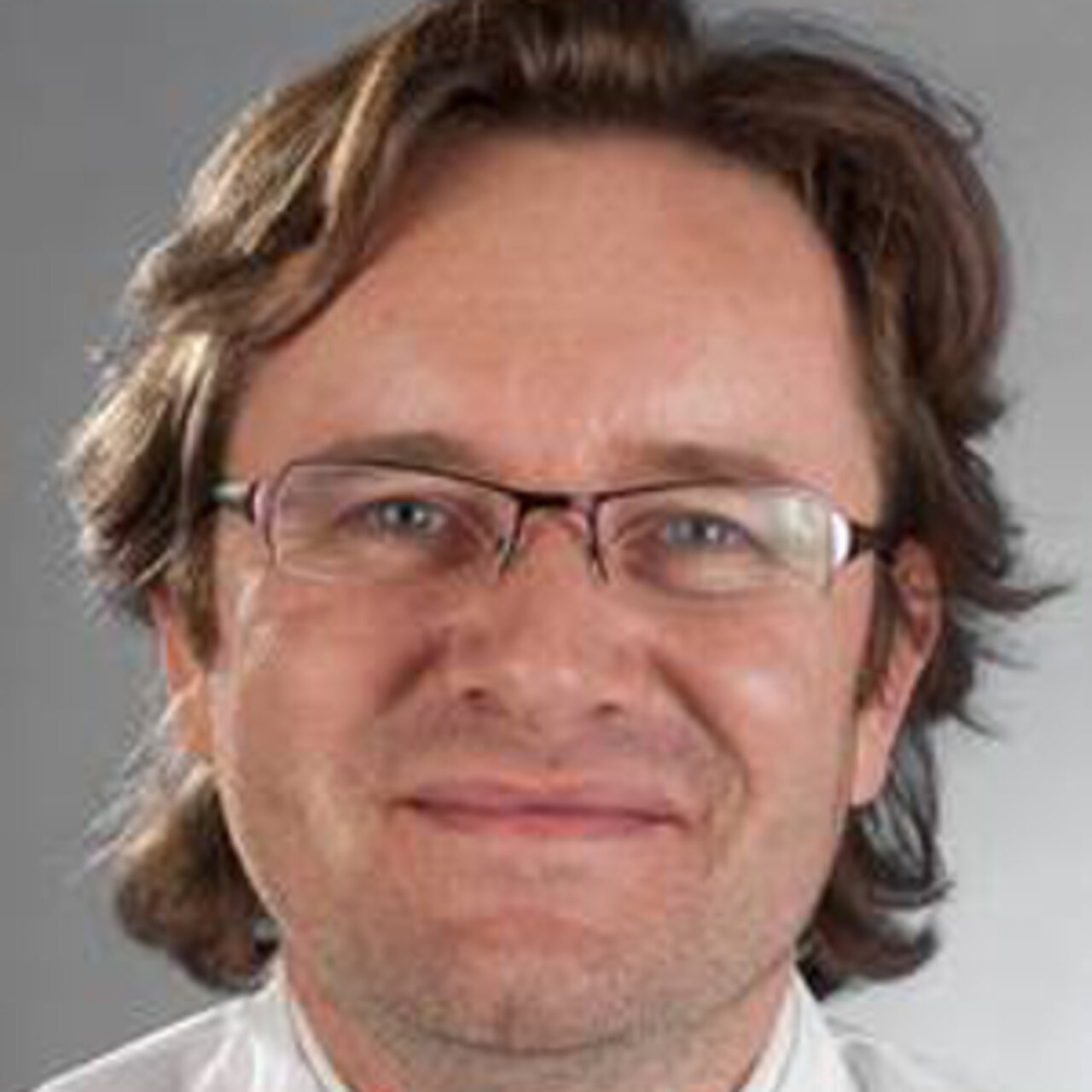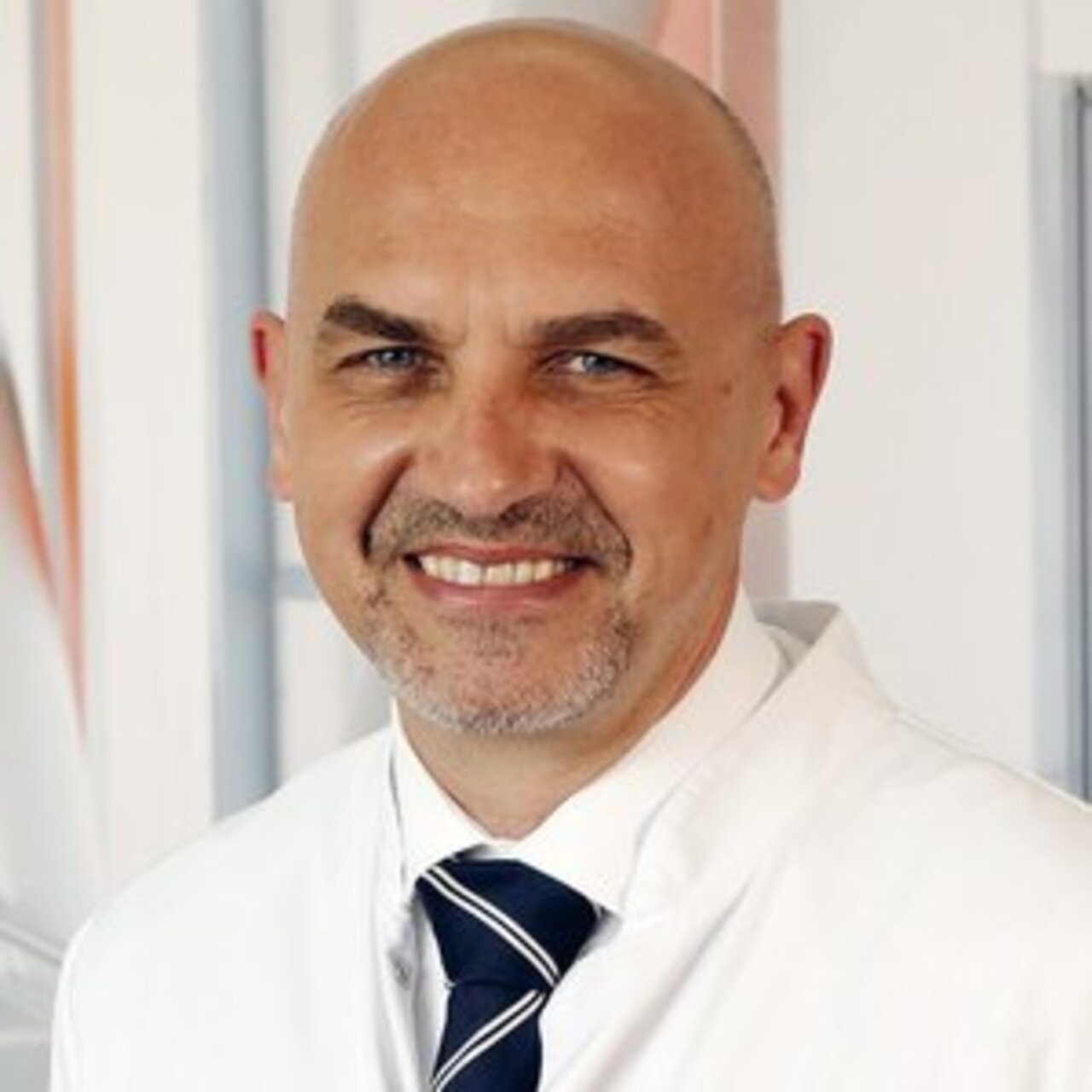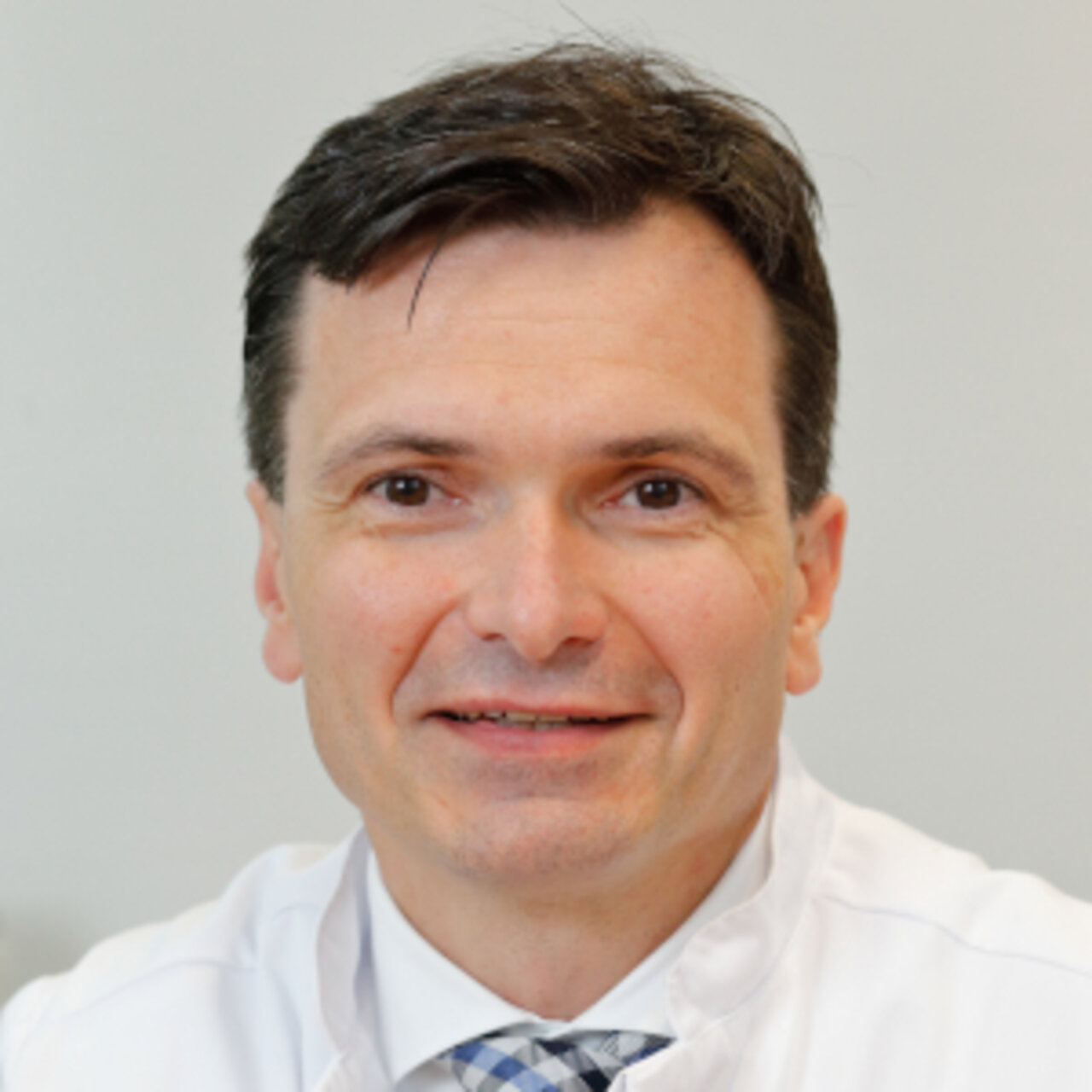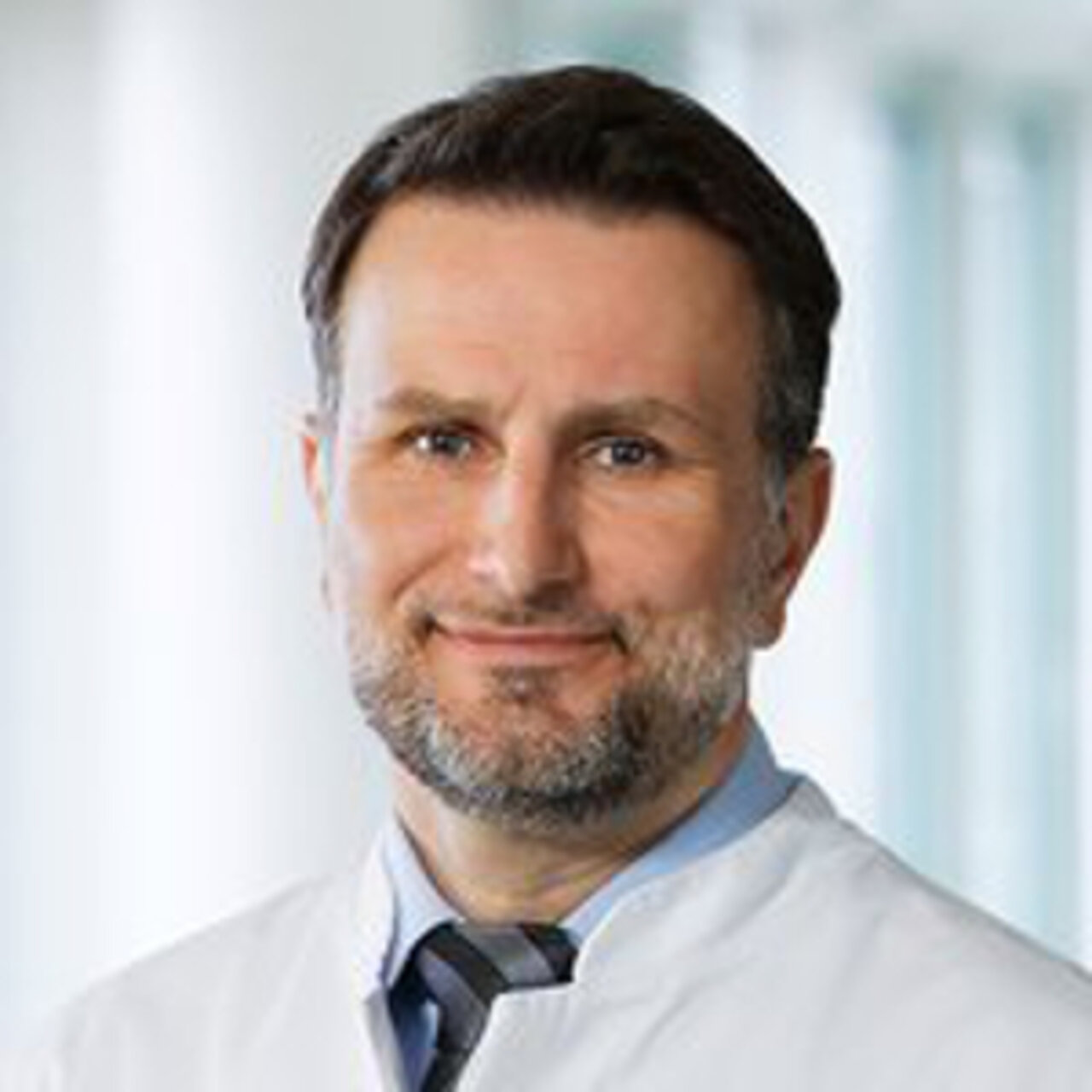Specialists in Aneurysm surgery
15 Specialists found
Information About the Field of Aneurysm surgery
What is an aneurysm?
An aneurysm is a locally restricted, sack or spindle-formed enlargement of an arterial blood vessel. Throughout life, it can it occur in weak areas of the vessel walls and doesn’t break down on its own. Aneurysms occur through inherited or acquired changes to a blood vessel. The risk of aneurysm formation is that it can lead to tearing. If this happens, it can lead to life threatening interior bleeding.
Where can an aneurysm occur?
Generally, an aneurysm can occur in all arteries of our body. However, most aneurysms occur in the aorta and are among 80% of the most common aneurysms. In 50% to 70% of cases, there are several aneurysms throughout the body. Men are significantly more frequently affected than women.
Common areas of the body for an aneurysm to occur:
- Aneurism in the brain (cerebral aneurysm)
- Aneurism in the aorta (aortic aneurism)
- Aneurysm in the abdomen (abdominal aortic aneurysm, visceral)
- Aneurysm in the carotid artery
Which specialists and clinics are aneurysm specialists?
Whoever requires an aneurysm operation, would like the best medical care. The patient asks, “Where can I find the best clinic for an aneurysm operation?”
Since this question can’t be answered objectively and a serious doctor would never assume, that they are the best doctor, one can only rely on the doctor’s experience. The more aneurysm operations a doctor conducts, the more experienced he is in his special area.
An aneurysm should only be treated by experienced specialists. These are specialist vascular, chest, heart and brain surgeons. In vain centers, comprehensive diagnostics and therapies for the treatment of aneurysms are assured. Neurosurgeons are competent specialists for brain aneurysms. With us, you can find experienced specialists for the following aneurysm operations:
Which types of aneurysm are there?
Medicine distinguishes the following forms of aneurysm. By true aneurysms (aneurysm verum) the blood vessel walls are enlarged in a saccular form.
When blood flows over a tear between the blood vessel walls, this is referred to as aneurysm dissecans. The most common causes are the inherent tissue weaknesses such as Marfan-Syndrom or the calcification of the arteries (arteriosclerosis), inflammation of the blood vessel walls or the result of enduring excessive pressure.
The false aneurysm (aneurysm spurium) can appear in body-imaging as an aneurysmal sac. Rather, it involves a collection of partially clotted blood on the exterior side of a vessel, which has ended up there through a blood vessel tear due to trauma. The built-up tissue resembles the wall of a blood vessel.
How is an aneurysm treated?
At the beginning, aneurysms are often only incidentally discovered, as they often do not cause any symptoms. If the size of an aneurysm is advanced it can lead to compression of surrounding structures, such as the ureter. Following the size, increases the danger of a blood vessel tear. Particularly in regions of large vessels, this can lead to life-threatening bleeding.
In smaller vessels, blood clots can occur (poorly circulated blood, rough surfaces of the blood vessel wall, that cause the blood clot). These so-called thromboses can become so large, that they close the entire vessel. If this occurs, it can lead to insufficient blood supply to the legs, arms, kidneys or brain (respective of the location of thrombosis).
Furthermore, pieces of the blood clot can loosen and can be carried into other blood vessel areas and clog the vessel. Heart attack and stroke are common effects.
Since an emergency operation is connected to a high morbidity, aneurysms of a certain size should be treated early by an aneurysm specialist of vascular surgery, chest surgery, or brain surgery. If symptoms arise, urgent aneurysm treatment should occur. Small aneurysms may be left untreated for some time but should remain under consistent size monitoring.
How is an aneurysm operation performed?
Typically, aneurysms can be treated either through an operation or with an interventional approach (intravascular = from within the blood vessel). The possibilities depend on the location and size of the aneurysm and upon the age and health status of the affected patient.
A variant of the treatment is the surgical removal of the expanded blood vessel section which is then replaced with a prosthetic polyester or nylon vein valve, performed by a vascular surgeon. After the aneurysmal sac is opened, the clot and pieces of the expanded wall are removed and the prosthetic is sewn into the vessel. Then, the leftover blood vessel segment is sewn again over the prosthetic for protection. For this method, an incision is required.
An aneurysm can also be bypassed through a stent prosthetic. A compressed metal mesh material lined with polyester is pushed into afferent vessel. Through body imaging, the specialist can monitor the position and unfold the stent to its normal size.
Through this interventional method, only a minimal incision in the region of the afferent vessel is necessary. Using this method, it is also possible to treat older and critically ill patients.
Particularly in the brain, but also in other areas of the body, it is possible to fill an afferent blood vessel with small metal coils. The insertion of these coils leads to a blood clot, which closes off the area of an aneurysm so that blood no longer flows through the false opening of the blood vessel wall (with aneurysm dissecans). This decreases the danger of a rupture with dangerous bleeding.
Prognosis and risks of an aneurysm operation?
An aneurysm operation is not a miniscule intervention. The death rate of an emergency operation of an aortic aneurysm is approximately 40%. In contrast, the normal operative morbidity is approximately 1-5%.
Approximately 50% of aneurysm patients suffer within ten years of an aneurysm rupture, which do not rarely lead to death. The aneurysm operation can significantly reduce this risk. Still, in 20% of cases a second operation is required, as the prosthetic can expand or the stent can move. Also, in certain cases with a stent, a bypassed aneurysm can be bled through and grow. It is important to maintain regular monitoring of the prosthetic or stent prosthetic.














